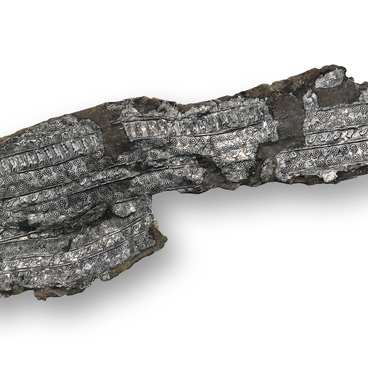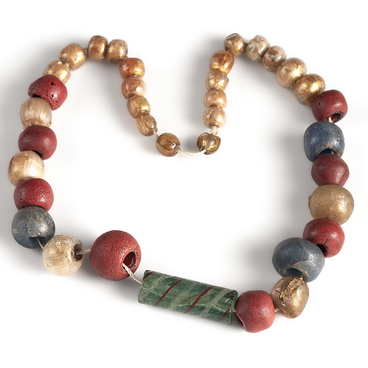The era of Roman influence began on the territory of the modern Kaliningrad region at the turn of the 2nd century AD. During this period there was a time-delayed process of disintegration of the Western Baltic kurgan culture into separate cultural groups: Sambian-Natangian and Bogachevskaya. Researchers rightly attribute this to the process of formation of the Western Baltic tribes.
These changes brought about the formation of a distinct Sambian-Natangian culture. The demand for amber in Rome reached its peak during the reign of Emperor Nero, making contacts between provincial Roman traders and the Western Balts really active and increasing the importance of the part of the amber route along the coast of the Gulf of Kaliningrad Sambia and the mouth of the Vistula River.
During this period, Roman merchants from the border towns of the Pannonia province were able to penetrate relatively easily into the more northern areas. These were merchants from the settlements of Vindbona, Carnuntum, Aquincum and the cities of Dacia, as well as from Olbia and Tanais. In addition to Roman goods, Roman coins began to arrive in the Slavic lands along these trade routes in large quantities. This is confirmed by the finds made at the burial sites of the 3rd century of the Sambian-Natangian culture.
The amber trade triggered a strong social stratification in local societies, resulting, in particular, in rich burials, filled with numerous pieces of silver and bronze jewelry, as well as bronze and silver Roman coins.
Archaeologists have recorded extensive abrasions on a large part of the found coins, nevertheless, they were able to determine the period of manufacture. It was the reign of Emperor Marcus Aurelius and those who ruled before and after him in the Antonine dynasty from 96 to 192 AD.
Most of the coins were
found in burials or hoards. One of the most significant finds is a sestertius
with the image of Emperor Trajan; this is the oldest coin. The legend on the
obverse of the sestertius of Marcus Aurelius shows victories over the Germans
and Sarmatians. Also, among the coins there are sestertii of Emperor Commodus,
son of Marcus Aurelius.


